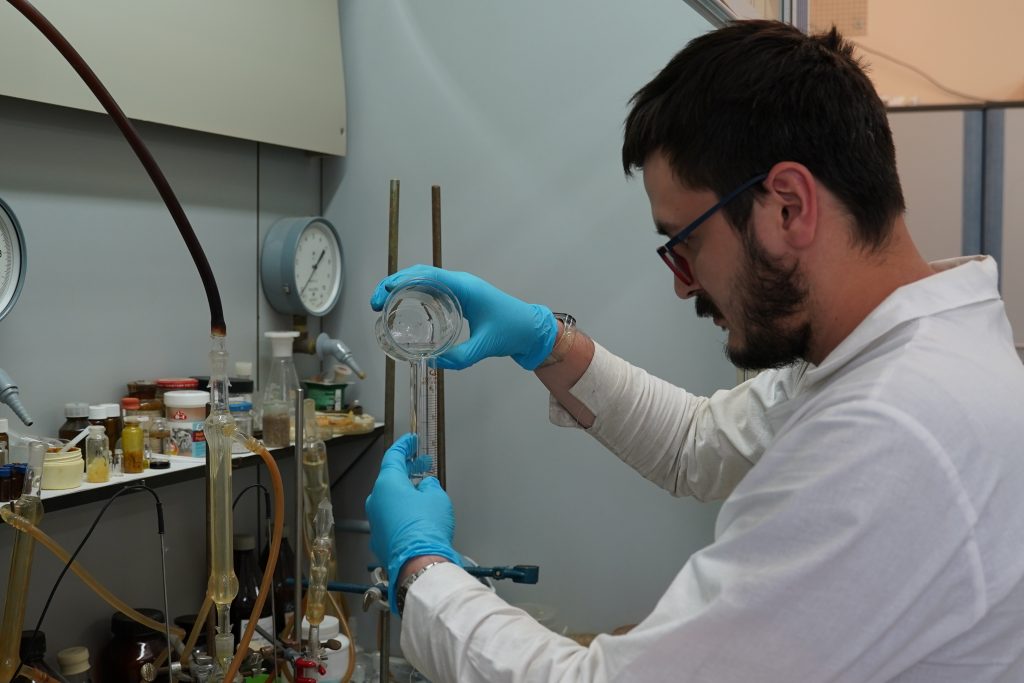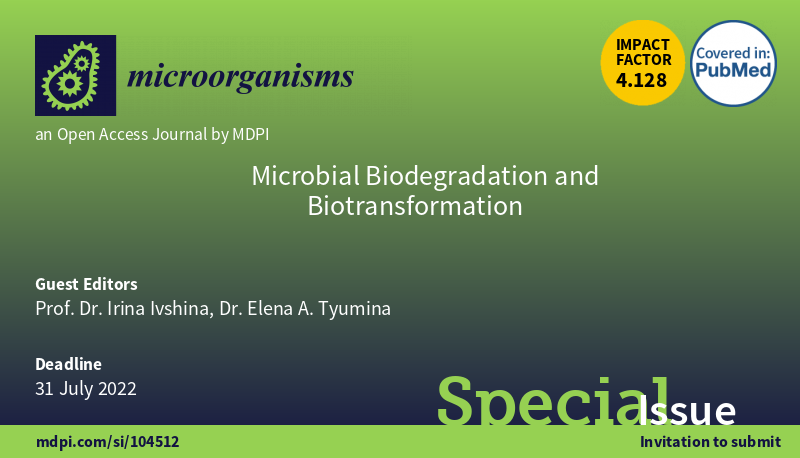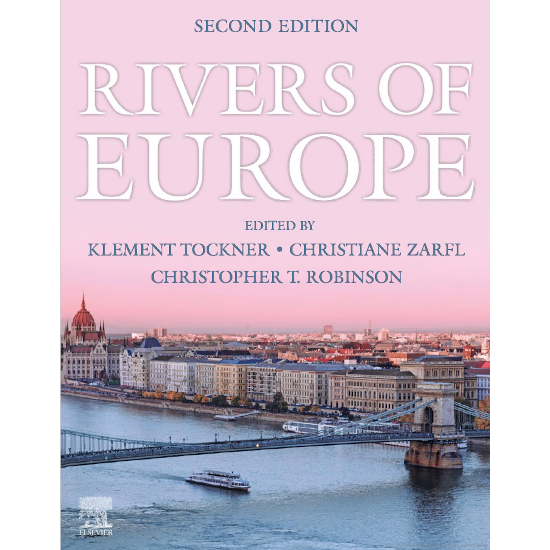Fancy Arctic and Subarctic Exploration? Bio-Engineering? Science Management?
The Faculty of Biology at Perm State University will expand the range of educational disciplines in 2022.
Bachelor students will be able to study the Microbial and Cellular Technologies both in Russian and English. The course includes the study of enzymes, nucleic acids, biopolymers, metabolites and biosynthetic products – allowing its graduates to become biotechnologists or genetic bioengineers.
Two more programs are being opened in Pedagogical Education – “Biology” and “Biology and Physical Education”, providing methodology of individual learning. The Program graduates will be able to work both in educational institutions and sports clubs – as teachers of biology and physical education.

MSci students in Living Systems of the Arctic and Subarctic will gain knowledge on fundamentals of bio-systems of natural areas, at all levels of wildlife. The students will master environmental monitoring in the Arctic zone, GIS technologies and modern mathematical data processing tools.
The MSci distance learning course “Ecological Expertise and State Supervision in Land Use” will allow lto examine land resources, and estimate related reclamation activities. Upon completion, the graduates will be able to measure and perform restoration and protection of soil resources.
Modern Biology Education is another new distance learning profile. Through the course, the students will learn to design educational programs in biology, and run analytics of scientific research – allowing them to further work at scientific and educational centers, or related administrative institutions.
“About 70% of our graduates tend to be employed the same graduation year. The skills gained in class and lab projects help them to get in the leading profile institutes of the Academy of Sciences, resource extraction and processing enterprises,”
explains Andrey Elkin, Dean of the Faculty of Biology, PSU.




